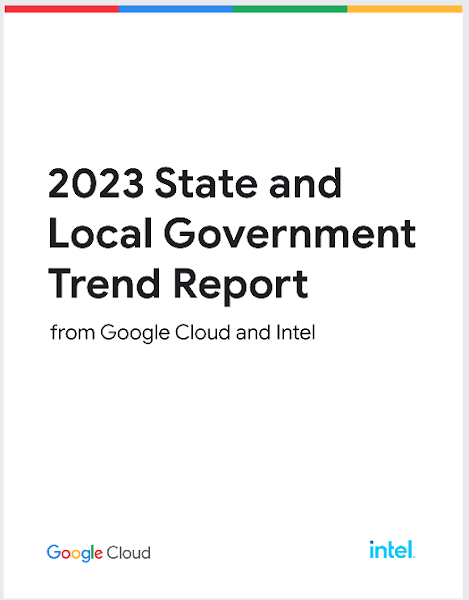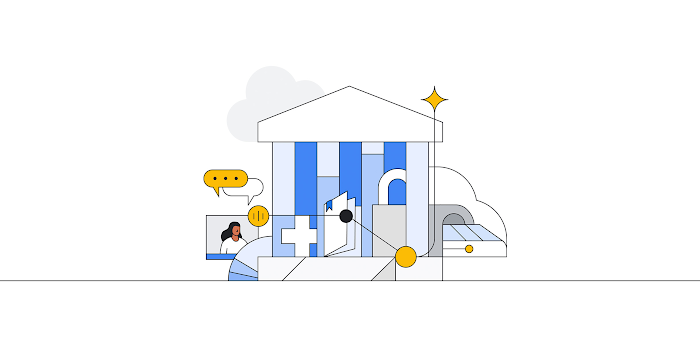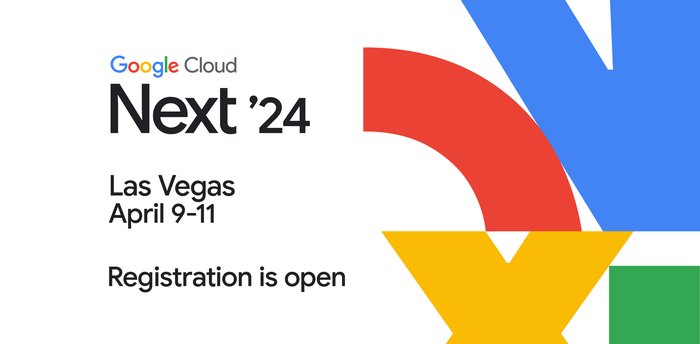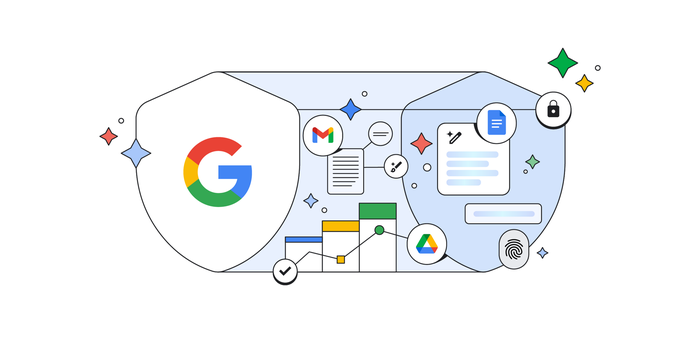How AI is improving constituent experiences in government
Brent Mitchell
Vice President, Google Public Sector
For years, Google has been working with state and local governments to focus on the needs of the mission, using data to improve the constituent experience and offer more accessible digital services, while helping government workers operate more efficiently. Artificial Intelligence (AI) has been core to helping agencies achieve these goals. As a pioneer in AI, Google has been investing in responsible AI research for years, as well as advancing the state of the art with Google AI and DeepMind. AI is embedded across our products and services used by billions of people, and continues to be integral to creating experiences that people love.


With the recent advances in AI, I’m excited by the potential this evolving technology will offer government. As with any technology, the capabilities are only as good as the humans driving them. Agency leaders will play a vital role in shaping how AI positively enhances both the employee experience as well as that of the constituents they serve.
In this trends report, we’ve outlined the different ways AI can enhance government services, improve productivity, and better support communities. Below you can see a few AI examples we’ve outlined in more detail from the report - as well as the potential of Generative AI.
At Google Public Sector, we’ve had the privilege of working with customers to bring AI into their organizations. In times of challenge, like the pandemic, we saw agencies rapidly apply AI to critical digital services. For instance, New York State implemented Contact Center AI (CCAI) to modernize its call center operations and provide New Yorkers with real-time answers to their most common and pressing questions about vaccine safety and efficacy. The Wisconsin Department of Workforce Development deployed Google Cloud AI and ML for predictive analytics. As a result, it cleared its unemployment application backlog and was able to process an average of 157,000 claims each week, releasing most payments to constituents within two to three business days. In these cases, AI is helping government employees save time and energy, and focus efforts on other important work.
AI has also helped communities get better access to government services. In Dearborn, Michigan, more than half the population speaks a language other than English at home. We are working to deploy AI to the city website so people who speak Arabic and Spanish can understand and interact with their city and make use of its services.
Supporting communities with data-driven insights
Agencies are integrating critical datasets to make more informed decisions on how to best support their communities. For example, the State of Oklahoma employed Google Cloud to create a secure 360-degree view of its assets, financials, and constituent use of government services to deliver targeted services to communities faster. They have unified 23 petabytes of data across sources and agencies thus far and over time plan to ramp up all 189 of their agencies.The City of Memphis worked with Google Cloud and SpringML, a Google Cloud Premier Partner, to identify and fix potholes and determine areas of urban blight through the use of AI and ML. The team projects 75% of potholes will be identified as a result, improving streets, communities, and the experiences of both residents and visitors.
Improving climate resilience and sustainability
The State of Hawaii Department of Transportation (HDOT) is using big data to implement an integrated approach to climate resilience, safety, and equity as it assesses risks, prioritizes investments, and protects residents. HDOT deployed Google Climate Insights for natural resources and Google Climate Insights for infrastructure to gather data that is now used to improve response time to climate disasters, make more accurate predictions, and implement disaster response plans with greater confidence.
The potential of Generative AI
Generative AI builds on existing technologies and we look forward to continuing to support our government customers as they leverage Generative AI to augment the work many are already doing today. Generative AI, using Google’s large language models (LLMs), can help government leaders automatically generate content to serve a variety of needs.
For instance, Generative AI can improve the efficacy of virtual agents by increasing the size and scope of data that the models are trained on, offering even more insightful and natural conversations to constituents in real time. Government agencies can use Generative AI to extract information and automate paper-based processing, and create systems that automatically generate summaries and reports on government activities. These reports could help increase transparency and accountability and improve decisions around how to best allocate resources. Further, Generative AI can help enhance efficiencies in operations by identifying patterns in data, predicting trends, and making recommendations.
Yet with any burgeoning technology, it’s never been more important for agencies to consider safety and security when incorporating AI into their enterprise infrastructure and design. Guided by Google’s AI Principles, we believe our approach to AI must be both bold and responsible. Google Public Sector strives to work together with our government partners to ensure they are using enterprise-grade AI offerings that protect their data and IP ownership, while also adhering to strong Responsible AI design.
Learn more at goo.gle/SLG or check out our free Generative AI Learning Path on Google Cloud Skills Boost that guides learners through Generative AI products and technologies, from the fundamentals of Large Language Models to how to create and deploy generative AI solutions on Google Cloud.



